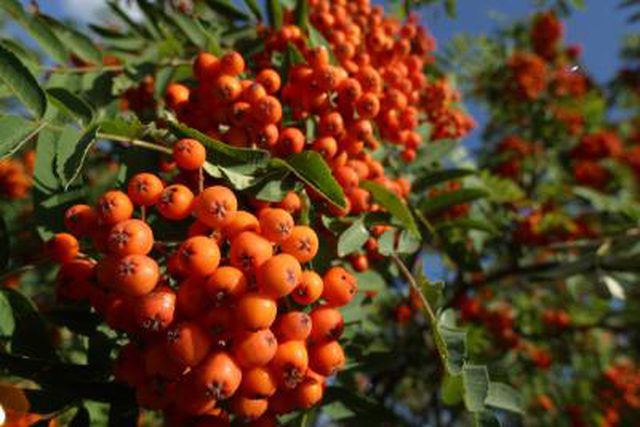Bulbs
Flower Basics
Flower Beds & Specialty Gardens
Flower Garden
Garden Furniture
Garden Gnomes
Garden Seeds
Garden Sheds
Garden Statues
Garden Tools & Supplies
Gardening Basics
Green & Organic
Groundcovers & Vines
Growing Annuals
Growing Basil
Growing Beans
Growing Berries
Growing Blueberries
Growing Cactus
Growing Corn
Growing Cotton
Growing Edibles
Growing Flowers
Growing Garlic
Growing Grapes
Growing Grass
Growing Herbs
Growing Jasmine
Growing Mint
Growing Mushrooms
Orchids
Growing Peanuts
Growing Perennials
Growing Plants
Growing Rosemary
Growing Roses
Growing Strawberries
Growing Sunflowers
Growing Thyme
Growing Tomatoes
Growing Tulips
Growing Vegetables
Herb Basics
Herb Garden
Indoor Growing
Landscaping Basics
Landscaping Patios
Landscaping Plants
Landscaping Shrubs
Landscaping Trees
Landscaping Walks & Pathways
Lawn Basics
Lawn Maintenance
Lawn Mowers
Lawn Ornaments
Lawn Planting
Lawn Tools
Outdoor Growing
Overall Landscape Planning
Pests, Weeds & Problems
Plant Basics
Rock Garden
Rose Garden
Shrubs
Soil
Specialty Gardens
Trees
Vegetable Garden
Yard Maintenance
Wild Fruit Tree Identification
Wild Fruit Tree Identification. Fruit trees which exist in the wild have certain things about them that the nonprofessional can use to identify them. In the spring, their flowers give them away, while in the summer the fruit of the tree helps identify the species.

Fruit trees which exist in the wild have certain things about them that the nonprofessional can use to identify them. In the spring, their flowers give them away, while in the summer the fruit of the tree helps identify the species.
Plum
Plum trees typically have thorny canopies—the upper branches of a tree—and the flowers that bloom in the spring have a strong odor.
Black Cherry
The black bark of a black cherry tree is a telltale feature, especially in a white winter background. The black cherry has long white strands of flowers that develop into the purple-black round cherry in the late summer.
Crabapple
Most types of crabapple trees have twigs that contain a series of sharp spines. The fragrance of the blossoms in the spring carries on the breeze and the canopy of a crabapple is usually tangled and dense.
Persimmon
The persimmon tree produces a fruit that is bitter when not ripe but sweet when it finally does mature. The tree has black bark, grows to heights of 60 feet and the leaves are four to six inches long and oval.
Blackhaw
Blackhaw has small shiny leaves and tiny white flower clusters. The fruit hangs down from the twigs, initially green but changing through a series of color shades until it finally turns black. Any that escapes the birds and small mammals shrivels up like a raisin.